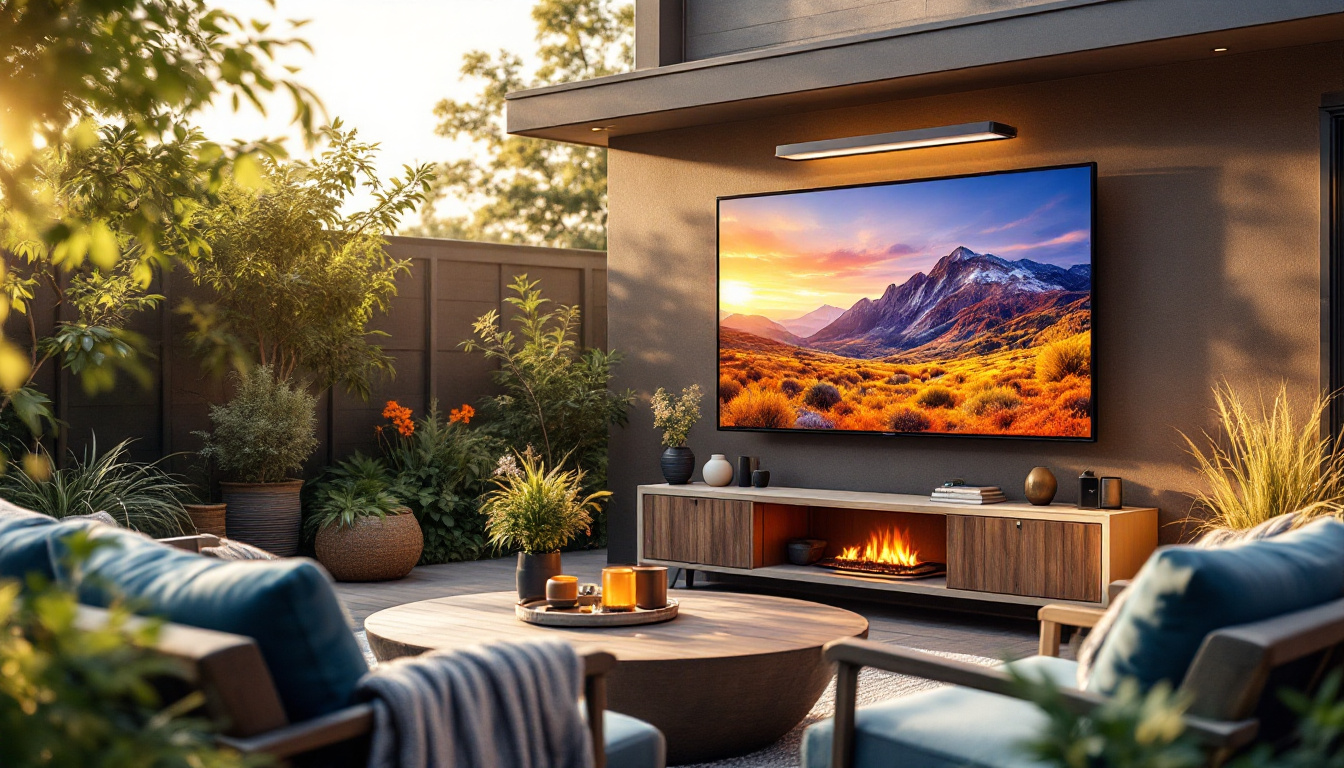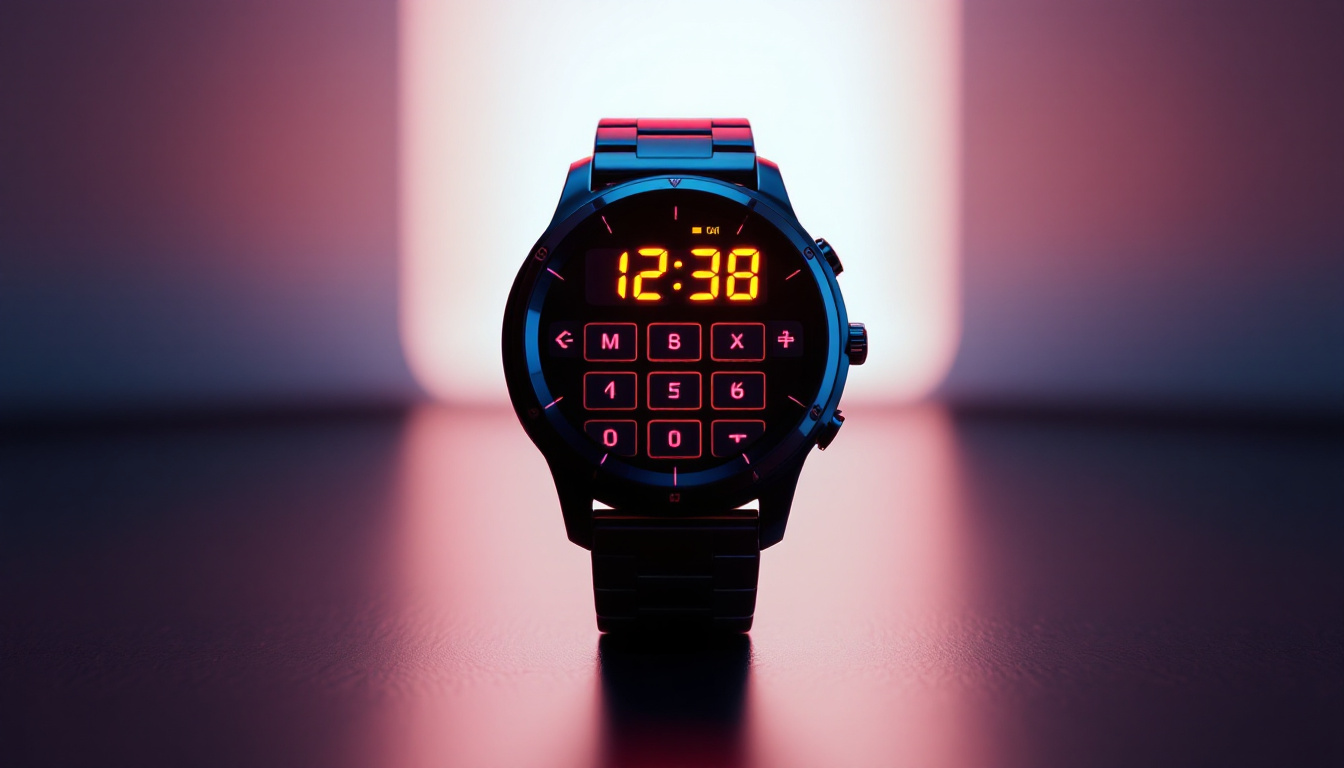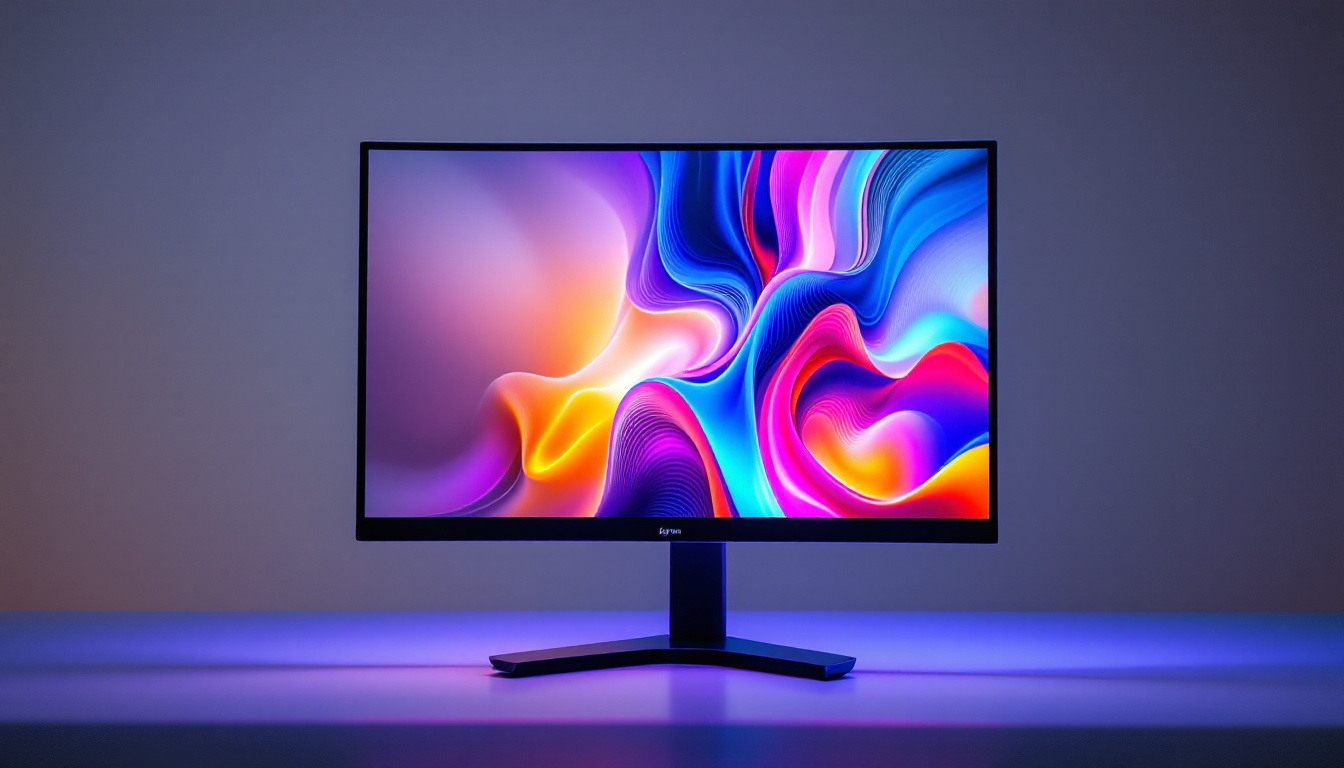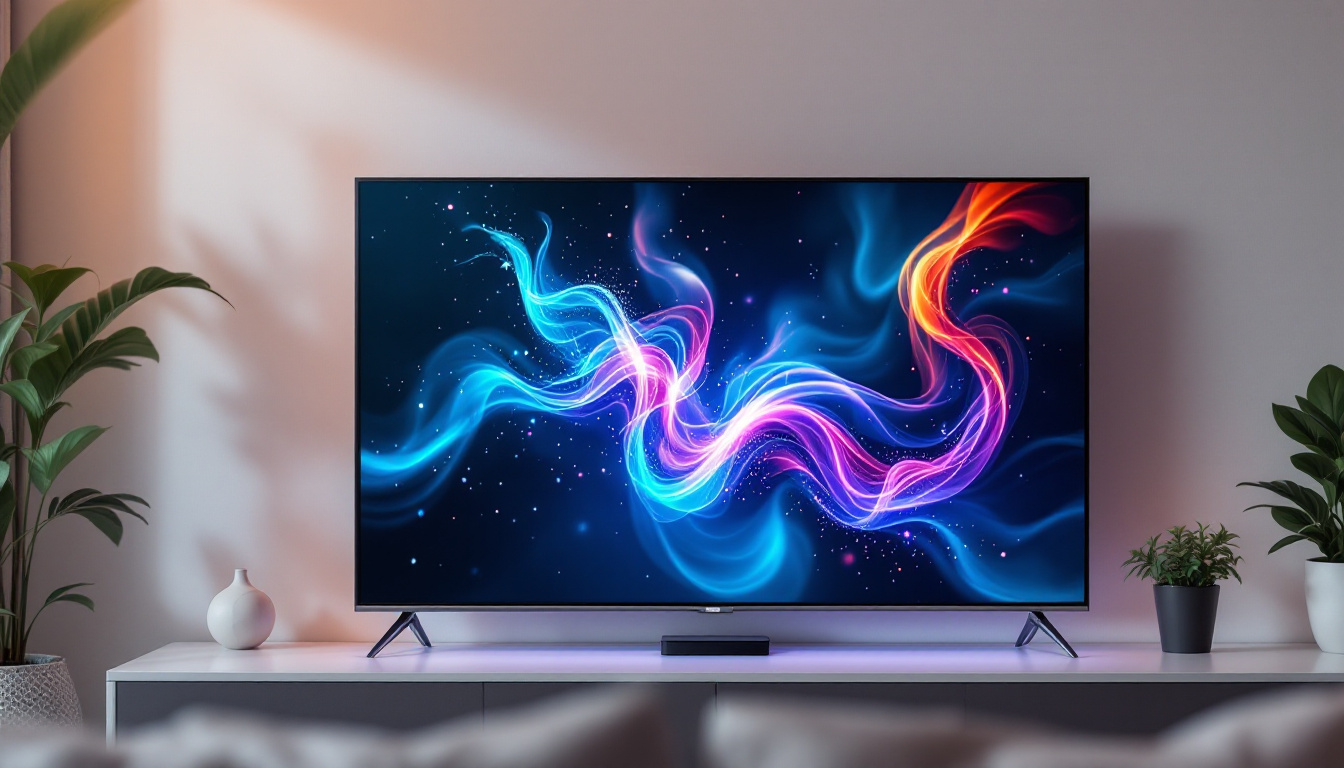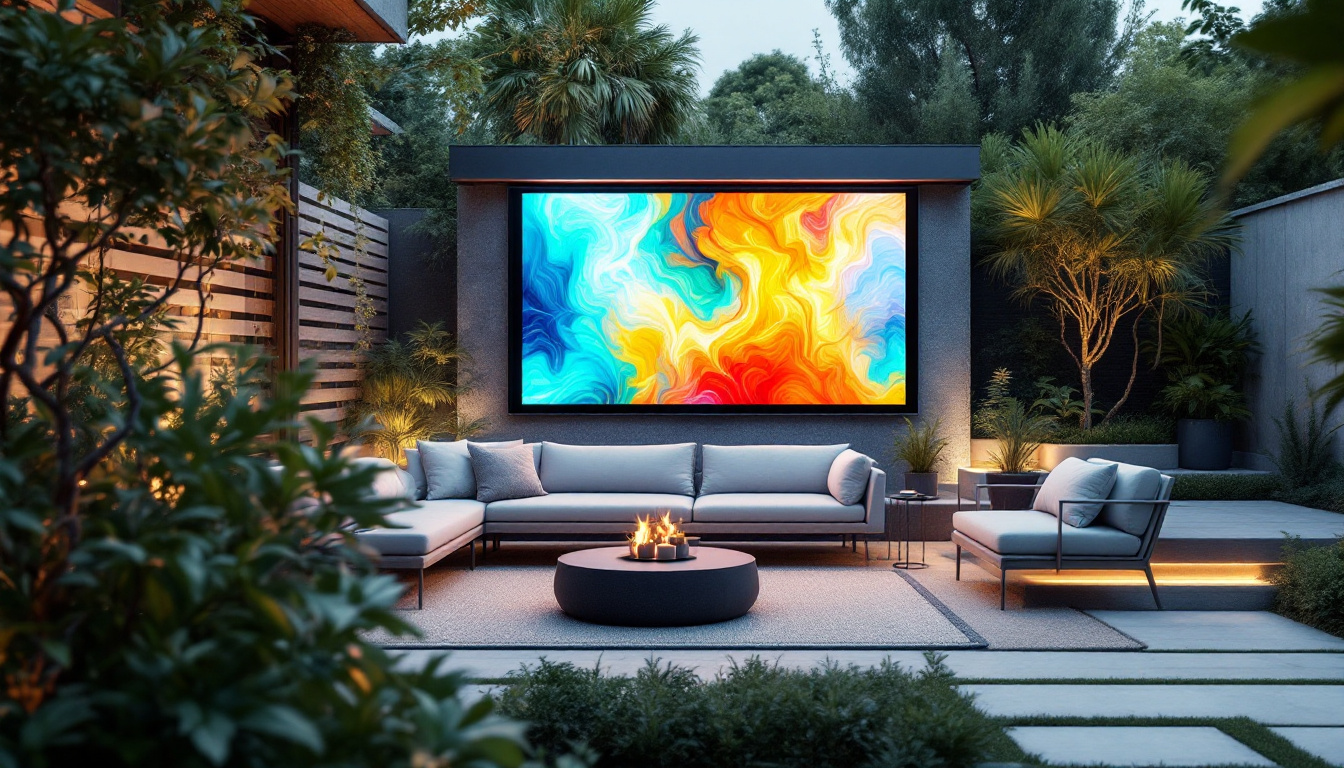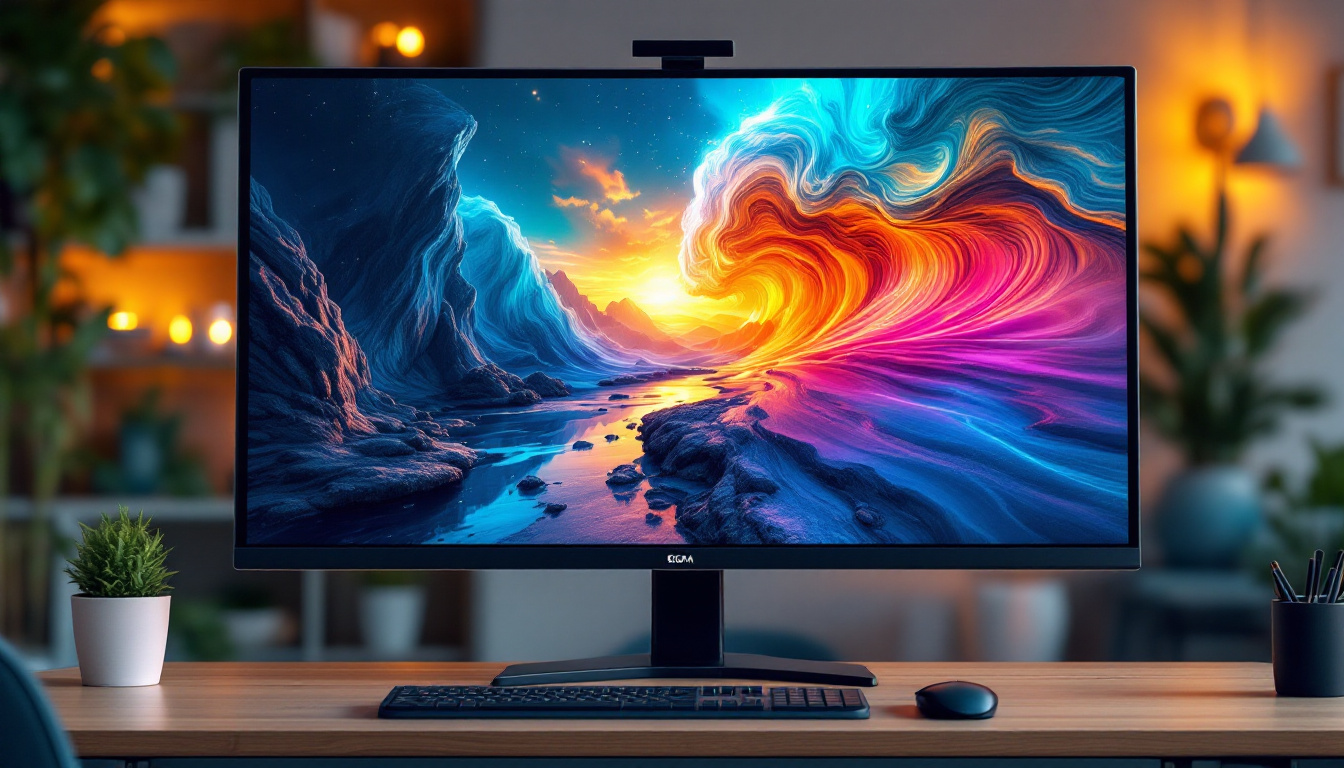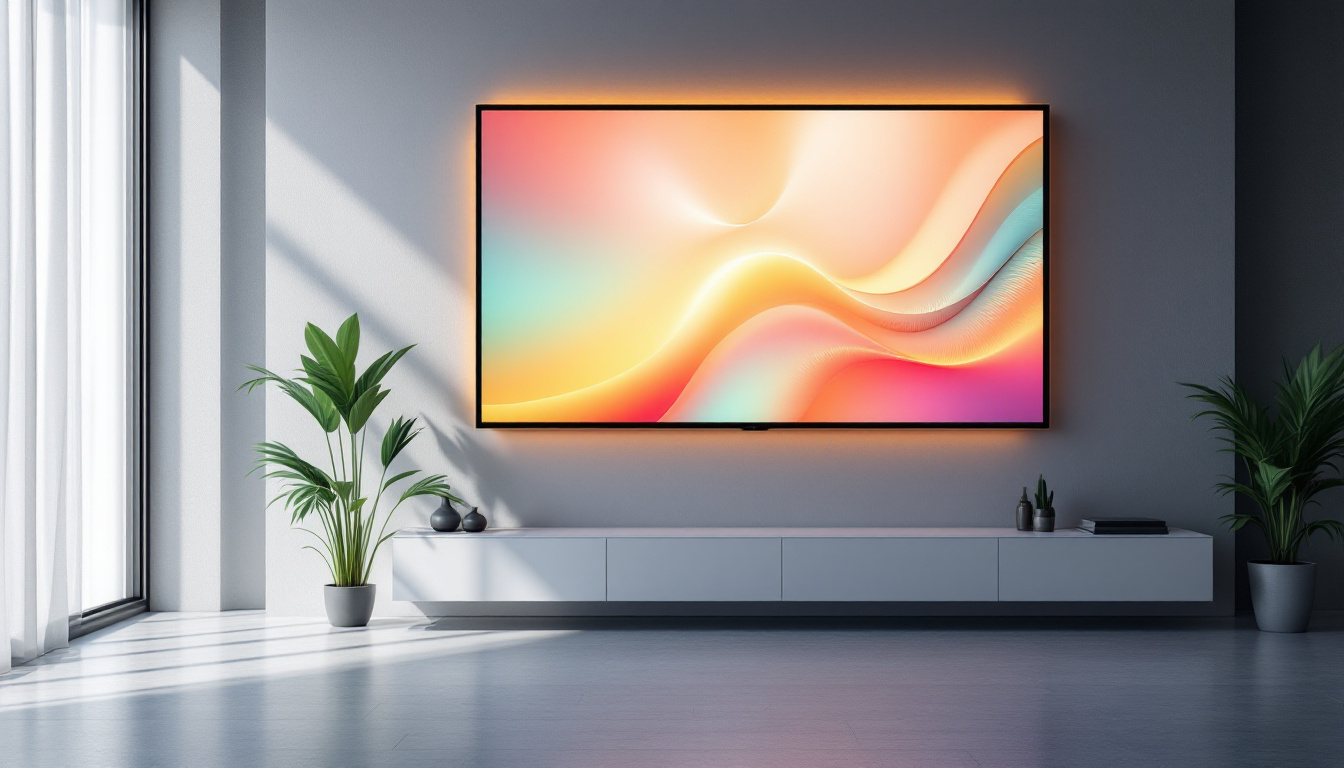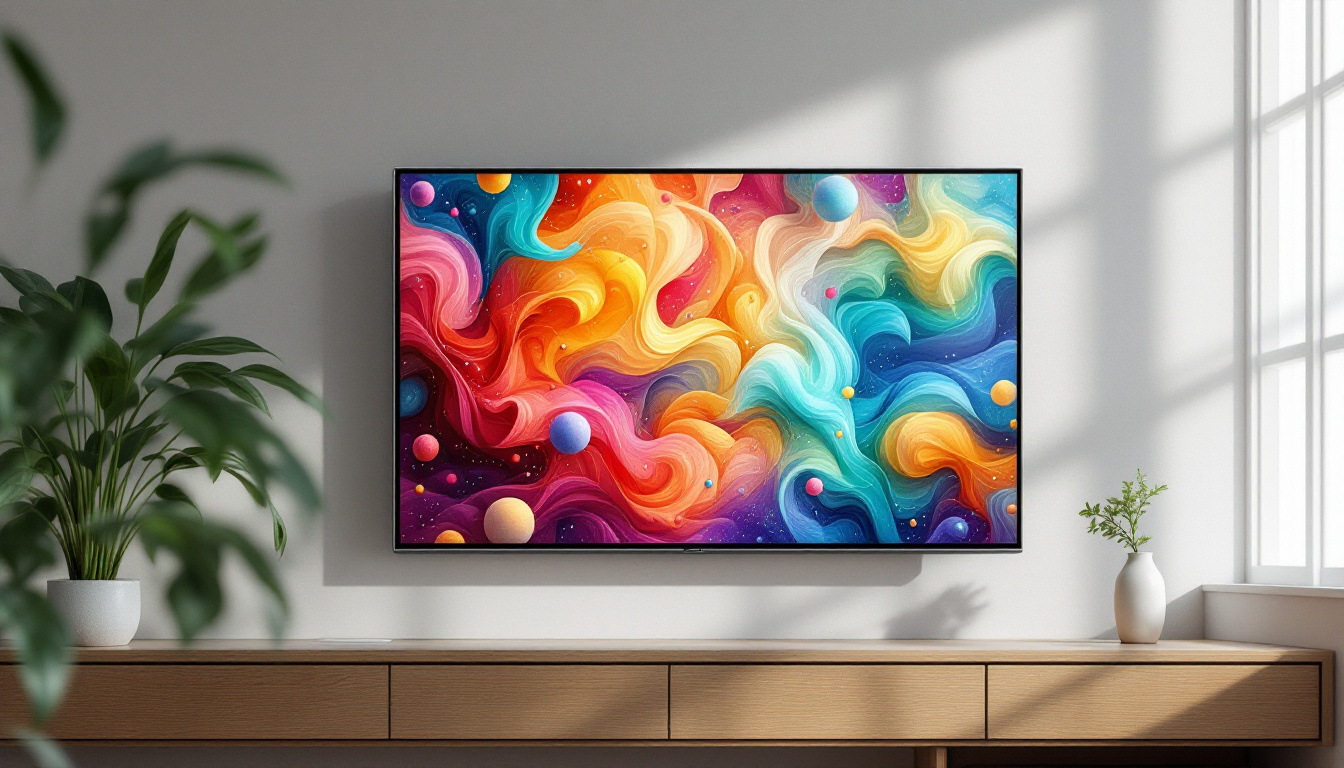Outdoor TV Weatherproof: LED Display Explained
In recent years, outdoor televisions have surged in popularity, transforming backyards, patios, and pool areas into entertainment hubs. With advancements in technology, outdoor TVs are now designed to withstand various weather conditions while delivering high-quality visuals. This article delves into the specifics of outdoor TV weatherproofing, particularly focusing on LED displays and their features.
Understanding Outdoor TVs
Outdoor TVs are specially designed to endure environmental challenges that traditional indoor televisions cannot withstand. These challenges include exposure to moisture, extreme temperatures, and direct sunlight. Unlike regular TVs, outdoor models come with enhanced durability and weatherproofing features, making them suitable for outdoor use. Their construction often involves materials that resist corrosion and fading, ensuring that they remain functional and visually appealing even after prolonged exposure to the elements.
Furthermore, many outdoor TVs are equipped with advanced cooling systems to prevent overheating during hot summer days, while also ensuring that they can operate in colder climates without freezing. This versatility allows users to enjoy their favorite shows, movies, or sports events year-round, regardless of the weather conditions. As outdoor entertainment spaces become increasingly popular, the demand for these specialized televisions continues to grow, leading to innovations in design and technology.
Key Features of Outdoor TVs
Outdoor TVs typically boast several features that set them apart from their indoor counterparts. These include:
- Weather Resistance: Built to resist rain, humidity, and dust, outdoor TVs often come with IP ratings that indicate their level of protection. A higher IP rating means better resistance to water and dust, making these TVs ideal for various outdoor settings, from patios to poolside lounges.
- Brightness: Outdoor TVs usually have higher brightness levels, allowing them to compete with natural sunlight for visibility. Many models can reach brightness levels of 2000 nits or more, which is significantly brighter than standard indoor TVs, ensuring that viewers can enjoy their content without straining their eyes.
- Durability: Constructed with robust materials, outdoor TVs are designed to withstand temperature fluctuations and physical impacts. This durability extends to their screens, which are often made from shatter-resistant glass that can handle accidental bumps or falls.
Why Choose an LED Display?
LED (Light Emitting Diode) displays are the most popular choice for outdoor televisions. This preference is attributed to several advantages:
- Energy Efficiency: LED displays consume less power compared to traditional LCD or plasma screens, making them a more sustainable option. This efficiency not only reduces energy bills but also minimizes the environmental impact of outdoor entertainment.
- Brightness and Clarity: LED technology provides superior brightness and contrast, ensuring clear images even in bright daylight. This characteristic is particularly important for outdoor viewing, where ambient light can often wash out the picture quality of lesser displays.
- Longevity: LED displays have a longer lifespan, reducing the need for frequent replacements. Many outdoor LED TVs are rated for over 50,000 hours of use, allowing for years of enjoyment without the worry of burnout or degradation in picture quality.
In addition to these advantages, LED displays also offer a wide color gamut, which enhances the viewing experience by providing more vibrant and lifelike colors. This feature is especially beneficial for outdoor movie nights or sports events, where the visual impact can significantly enhance the atmosphere. Moreover, many outdoor LED TVs come with smart capabilities, allowing users to stream content directly from popular services, making them versatile additions to any outdoor entertainment setup.
Weatherproofing Technologies
Weatherproofing is a critical aspect of outdoor TVs, ensuring they function optimally regardless of environmental conditions. Various technologies contribute to the weatherproofing of outdoor LED displays, allowing users to enjoy their favorite shows and events without worrying about the impact of rain, snow, or extreme temperatures.
IP Ratings Explained
IP (Ingress Protection) ratings are standardized measures that indicate how well a device can withstand dust and moisture. For outdoor TVs, an IP rating of at least 55 is recommended. This rating signifies that the television is protected against dust and can handle low-pressure water jets from any direction.
Higher IP ratings, such as IP65 or IP66, offer even greater protection, making them suitable for more extreme weather conditions. Understanding these ratings helps consumers make informed decisions when selecting an outdoor TV. It’s worth noting that some manufacturers even go beyond standard IP ratings, incorporating additional protective features such as anti-corrosive coatings and reinforced casings to enhance durability. This attention to detail ensures that outdoor TVs not only survive but thrive in challenging environments, providing peace of mind for homeowners.
Temperature Tolerance
Outdoor TVs are engineered to function in a wide range of temperatures. Many models are designed to operate in temperatures as low as -20°F (-29°C) and as high as 122°F (50°C). This temperature tolerance is achieved through specialized components and materials that prevent overheating and freezing.
In addition, some outdoor TVs feature built-in heating and cooling systems to maintain optimal operating temperatures, ensuring consistent performance regardless of the weather. These systems often include thermal management technologies that automatically adjust based on the ambient temperature, allowing the TV to dissipate heat effectively during hot summer days or to warm up quickly in colder climates. Such innovations not only enhance the longevity of the device but also improve the viewing experience by preventing issues like screen dimming or pixelation caused by extreme temperatures. With these advancements, outdoor TVs can deliver vibrant images and sound quality, making them an excellent choice for outdoor entertainment year-round.
Installation Considerations
Proper installation is crucial for maximizing the longevity and performance of outdoor TVs. Here are some essential considerations to keep in mind:
Location and Mounting
Choosing the right location for an outdoor TV is vital. Ideally, it should be positioned in a shaded area to minimize glare from the sun. Additionally, mounting the TV securely on a wall or using a sturdy stand can help protect it from wind and accidental impacts.
It is also advisable to consider the viewing angle and distance from seating areas to ensure an optimal viewing experience. A professional installation service can assist in determining the best placement and mounting options.
Electrical and Connectivity Considerations
Outdoor TVs require proper electrical connections to function safely and efficiently. It is essential to use weatherproof electrical outlets and cables designed for outdoor use. Additionally, ensuring a reliable internet connection is crucial for smart TVs, which often rely on Wi-Fi for streaming services.
Using outdoor-rated HDMI cables and other connectors can further enhance the durability of the setup, preventing damage from moisture and temperature fluctuations.
Maintenance Tips for Outdoor TVs
To ensure the longevity of outdoor TVs, regular maintenance is necessary. Here are some practical tips for keeping these devices in top shape:
Cleaning and Care
Regular cleaning is essential to maintain the clarity and performance of outdoor TVs. Using a soft, lint-free cloth to wipe the screen can prevent dust and debris buildup. It is advisable to avoid harsh chemicals that could damage the screen or weatherproofing features.
Additionally, checking for any signs of wear and tear, such as frayed cables or loose connections, can help prevent potential issues before they become significant problems.
Seasonal Preparations
As seasons change, so do the challenges faced by outdoor TVs. In colder months, it may be beneficial to cover the TV or store it indoors to protect it from snow and ice. Conversely, during the summer, ensuring proper ventilation and shade can help prevent overheating.
Comparing Outdoor LED TVs with Other Technologies
While LED displays dominate the outdoor TV market, other technologies, such as OLED and QLED, are also available. Understanding the differences can help consumers make informed choices based on their specific needs.
OLED Technology
Organic Light Emitting Diode (OLED) technology offers stunning picture quality with deep blacks and vibrant colors. However, OLED displays are generally less bright than LED displays, which may affect visibility in direct sunlight. Additionally, OLEDs are typically more expensive and less durable in outdoor environments.
QLED Technology
Quantum Dot LED (QLED) technology enhances brightness and color accuracy, making it a strong contender for outdoor use. While QLED displays offer excellent performance, they still may not match the weatherproofing capabilities of dedicated outdoor LED TVs.
Cost Considerations
Investing in an outdoor TV can vary significantly in cost, depending on the brand, size, and features. While it may be tempting to opt for a lower-priced model, it is essential to consider the long-term benefits of durability and performance.
Budgeting for an Outdoor TV
When budgeting for an outdoor TV, consider not only the initial purchase price but also installation costs, maintenance, and potential accessories, such as weatherproof covers and mounting brackets. Investing in a quality outdoor TV can provide years of entertainment and enjoyment, making it a worthwhile consideration for homeowners.
Warranty and Support
Many outdoor TV manufacturers offer warranties that cover defects and performance issues. It is advisable to review warranty terms and consider purchasing extended coverage for added peace of mind. Additionally, researching customer support options can ensure assistance is readily available should any issues arise.
Conclusion
Outdoor TVs have revolutionized the way people enjoy entertainment in their outdoor spaces. With advancements in LED technology and weatherproofing features, these devices provide an exceptional viewing experience, even in challenging conditions. Understanding the various aspects of outdoor TVs, including their features, installation, maintenance, and cost considerations, can help consumers make informed decisions.
As outdoor living spaces continue to gain popularity, investing in a quality outdoor TV can enhance gatherings, provide entertainment, and create lasting memories with family and friends. Whether it’s movie nights under the stars or watching the big game by the pool, a weatherproof outdoor TV is a valuable addition to any outdoor setup.
Enhance Your Outdoor Entertainment with LumenMatrix
Ready to elevate your outdoor viewing experience? LumenMatrix, a pioneer in LED display technology, offers a wide array of LED display solutions tailored to bring your outdoor spaces to life. From vibrant Outdoor LED Wall Displays to Custom LED Displays that fit your unique space, LumenMatrix is committed to revolutionizing your visual experience. Embrace the future of outdoor entertainment and check out LumenMatrix LED Display Solutions today to create unforgettable moments and messages that shine with clarity and impact.

